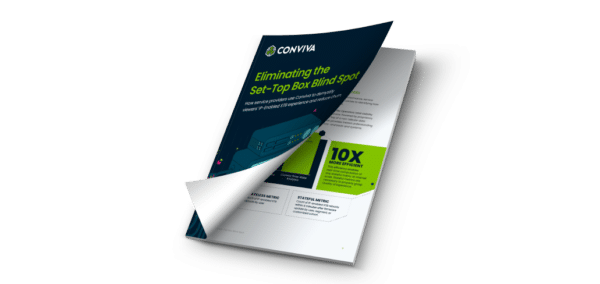
Big week for the industry, as Cablevision got snapped up by Altice, the BBC announced plans to launch a new service in the US, and Sky Italia got into the game with a €19.99/month subscription service for OTT football.
It seems, increasingly, that the wall between traditional and OTT television is not just crumbling, it’s seemingly dissolving before our very eyes. For sure we heard this resoundingly at the recent IBC conference, but that seemed altogether anecdotal. The news, however, tells us this isn’t a rumor, but a movement.
Adweek pointed out that Millennials watch every bit as much TV as young people ever have – but that the old world measurement techniques of Nielsen are summarily failing to count the audience in all its glory. Alan Wurtzel, NBCUniversal’s president of research and media development, estimated that he’s losing credit for as many as 35% of viewers. In an ad-supported world, that’s no small potatoes.
Meanwhile, Viacom have taken the offensive, citing high social engagement as something of an offset to declining Nielsen numbers. It’s not clear that identifying 100 million Vine streams will be enough to move its advertising partners back to the table; but it is clear that publishers and advertisers alike are hungry for a new currency that values audiences fairly and credibly.
The reason is simple: OTT viewing is growing at an accelerating pace. According to YuMe, 16% of viewers binge watch streaming video daily; and the content we’re watching is more and more likely to be of a truly premium nature, as evidenced by the rapidly-flying rumors that Netflix is seeking to license the Star Wars movies from Disney.
At the same time, however much TV consumers are watching, they are either leaving or planning to leave traditional delivery methods in droves. Digitalsmiths found that half of all subscribers are looking to switch providers, or move entirely to OTT; Telecompaper found that 8% of Dutch consumers expect to cancel standard TV contracts within the next two years; and PwC is even tracking moves toward OTT in Africa.
Bottom line: consumers are moving off traditional TV, but the industry is still wrestling with how to measure viewership in a heterogeneous environment, and in a way that is acceptable to advertisers.
At a time when the shift to Internet delivery is fully under way, this is a problem that needs solving immediately. The buzz at IBC this year was squarely focused on how to make business models work properly with the very different cost and revenue structure of OTT. Knowing how to credibly measure, and value, audiences that will increasingly be defined by content affinity, is not a luxury but rather a necessity.
There’s tons of buzz in the marketplace about ‘A Better Way to Count’, and there’s little doubt that such a thing will be found. It’s time, though, to recognize that OTT offers a unique opportunity to do more than simply count. With direct measurement of every view, it is now not only possible but truly mandatory to optimize based on real activity. For the next-generation measurement system to properly capture the opportunity, it must show not only what is happening but also why.
The right system will show not only how many people watched, but why. It will identify experience issues and where they exist so they can be fixed; or show that all is well on the delivery side so that content can be properly evaluated. And it will not only provide the actionable insights used to make adjustments – it will provide real-time visibility into the results of those adjustments.
In the end, we have to accept our reality: OTT is TV – but the measurement system we have today isn’t up to the task of building an innovative tomorrow.







